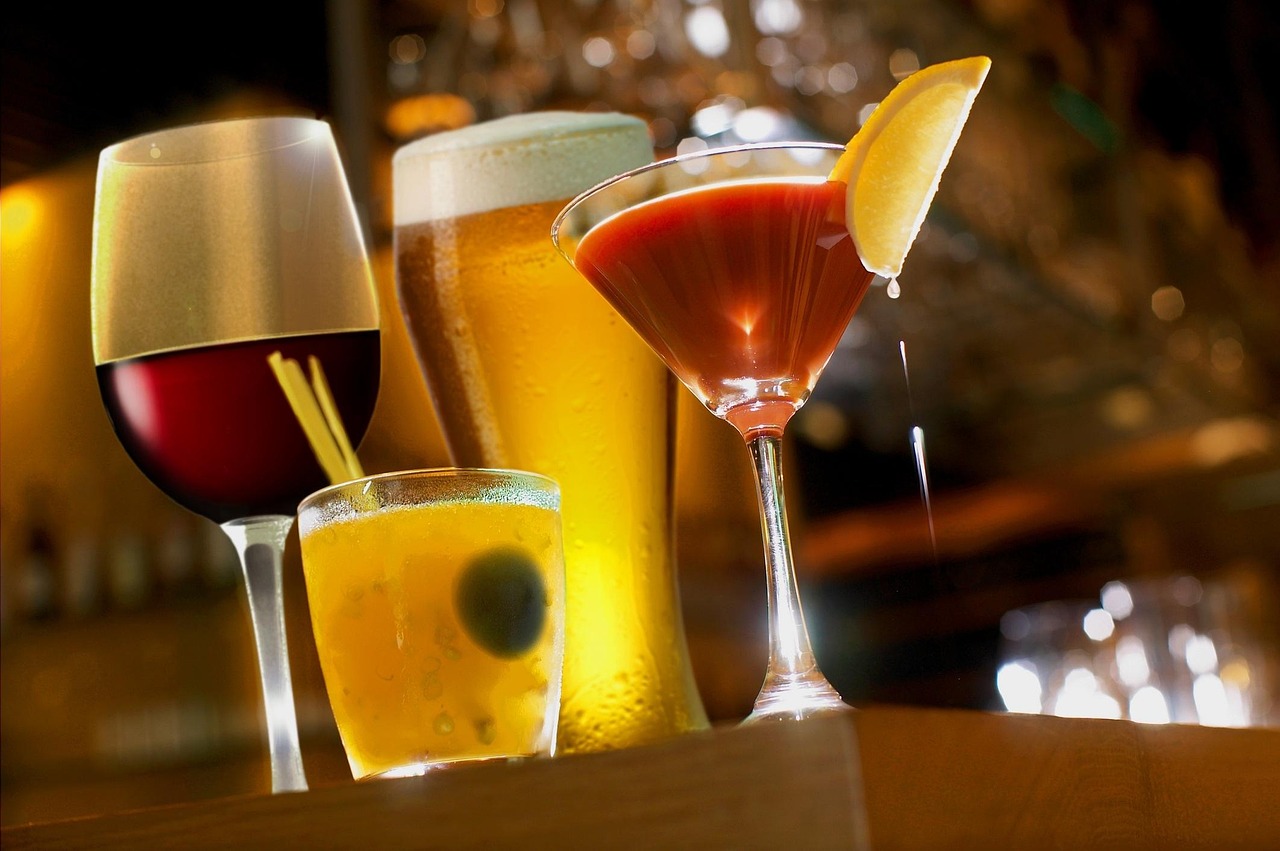Beer and wine are the most popular alcoholic drinks. In the UK, 68 litres of beer and 11.88 bottles of wine were drunk per person in 2022 in the UK. So how do carbon emissions compare between beer and wine? Research by Professor Bridle from Universit of York shows beer and wine as a drink have the same carbon emissions when taken from a tap:
1g beer on tap = 1g emissions
1g wine on tap = 1g emissions
What changes the carbon emissions between the two is the quantity consumed, the material it is in and the size of the container they are held in.
Alcohol and quantity
A can of beer contains 440ml while a glass of wine contains 175ml. Since a can of beer has a higher volume, one can causes half a kilo of emissions. It is the equivalent of the driving a fossil fuel car for 1 mile or drinking 4 cups of white coffee. A glass of wine is lower simply because there is a lower volume in the glass and so has half the emissions of a can of beer.
Alcohol and packaging
It is best to drink both drinks from a tap rather than a bottle, because packaging creates emissions. The material, whether it is an aluminium can or a glass bottle, only makes up a quarter of the total emissions but it does not significantly matter whether it one or the other. A way to reduce carbon emissions from packaging is buy the drink from bigger containers, so the same beer or wine poured into a glass with less emissions, than those from smaller containers.

Leave a Reply